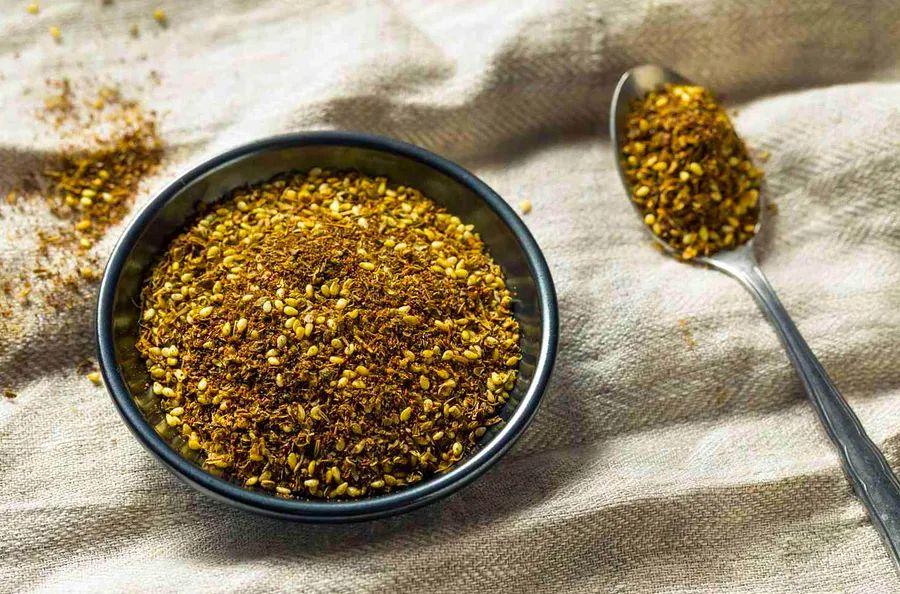What is Za'atar, and how can you make the most of it?

If za'atar isn't already a staple in your kitchen, make some space—this herb-packed blend deserves a prime spot in your spice rack. A Middle Eastern mix of dried herbs and spices, it strikes a perfect balance of earthy, nutty, tangy, and zesty notes, and it can enhance nearly any dish.
Here's everything you need to know about this flavorful blend:
What exactly is Za'atar?
Since za'atar can be hard to find pre-made, it's often crafted from dried thyme, oregano, sumac, and sesame seeds. Recipes vary by region, with each family adding their own twist. Some variations also include salt, marjoram, sumac berries, dried dill, orange zest, caraway seeds, or hyssop.
How to Prepare Za'atar at Home
To create your own za'atar, combine dried thyme, oregano, sumac, and gently toasted sesame seeds. There's no strict formula, but a balanced approach is to use equal parts of each ingredient. Feel free to tweak the proportions to suit your taste.
If you're adding salt to your mix, be cautious. It's easy to go overboard when using a salted spice blend, so it's often better to add salt to your dish separately.
Traditionally, za'atar was made by drying fresh herbs in the sun, but dried herbs from the store will work just fine. When selecting dried herbs, choose ones with a vibrant color, as this often signals better freshness and flavor. The same applies to pre-made za'atar blends—look for those that are lively in color, not dull or clumpy.
Cooking With Za'atar
While some spice blends serve just one purpose, za'atar is incredibly versatile. It's often baked into flatbread, mixed with olive oil or tahini for a dip, tossed into salads, rubbed onto meats, or sprinkled over hummus.
When using za'atar in cold dishes or any recipe that won't be heated, it's best to 'bloom' it first to release its full flavor. Simply heat oil or butter in a pan, remove it from the heat, and then stir in the za'atar. This process gently fries the spices, unlocking fat-soluble compounds and ensuring even distribution of flavor.
Curious about how to use it? Here are some of our readers' top ways to enjoy za'atar:

Za'atar Pull-Apart Rolls
You can't get more traditional than this. Soft, yeasty rolls are brushed with olive oil and za'atar, then quickly baked in a hot oven until golden and irresistible.

Roasted Potatoes
In this dish, za'atar adds a burst of flavor to simple roasted potatoes.

Za'atar Chicken Thighs
When using za'atar in this recipe, go heavy on the seasoning. Some chicken brands add brine to keep the meat moist, so it's best to use an unsalted za'atar blend and adjust the salt to your preference.

Zesty Popcorn
After tasting this buttery za'atar popcorn, you'll find regular movie theater popcorn hard to enjoy.
Evaluation :
5/5



